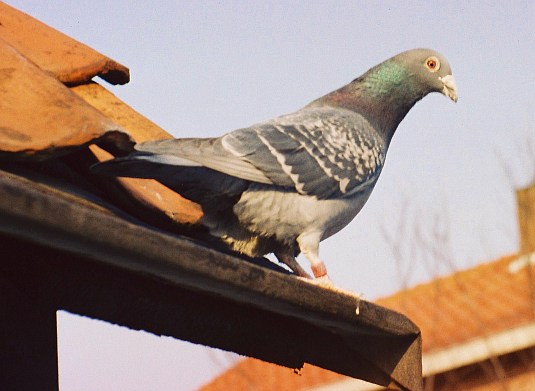 We’ve all wondered how they do it at some point in our lives.
We’ve all wondered how they do it at some point in our lives.
We’ve wondered how homing pigeons can find their way to specific destinations or how Northern Wheatears can travel 9,000 miles from Alaska to West Africa with amazing precision. The theory we’ve grown to know, which is that birds have a magnetic compass that helps guide them, might no longer be correct.
According to an article in the recent edition of science journal Nature, those directional cells we thought were in birds’ beaks actually have an entirely different function. The researchers made this discovery after they noticed a significant amount of variation in cell numbers among birds. The cells were also found in other parts of a bird’s body.
It turns out those cells we long thought were used as magnetic compasses are actually iron-rich immune cells. They discovered the new function after they noticed many more cells in sick birds than healthy ones.
This leaves one of the biggest questions in bird behaviors a mystery. Many scientists still believe birds have some sort of magnetic compass, though it’s not where they previously thought. They’re going to continue looking for these cells through more imaging and genetics tests.
Magnetic compasses exist among many types of creatures, including sea animals, like turtles and whales, and bacteria. Some birds like homing pigeons exhibit the same types of behavior sea turtles do when exposed to artificial magnetic fields.
As expected, there is some back-and-forth going on between the scientist who made the original finding of the cells in the beaks and the one disproving that theory.


